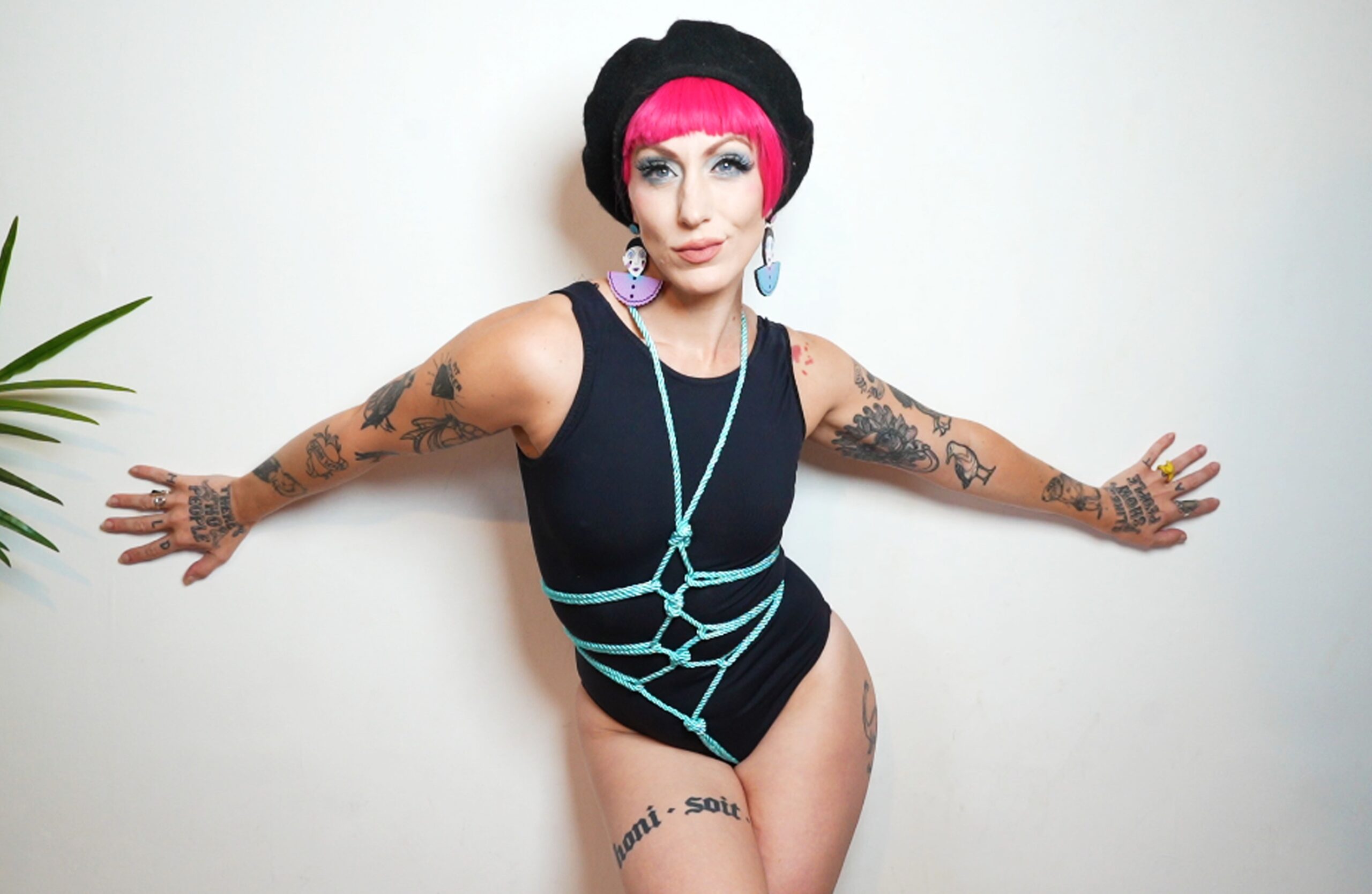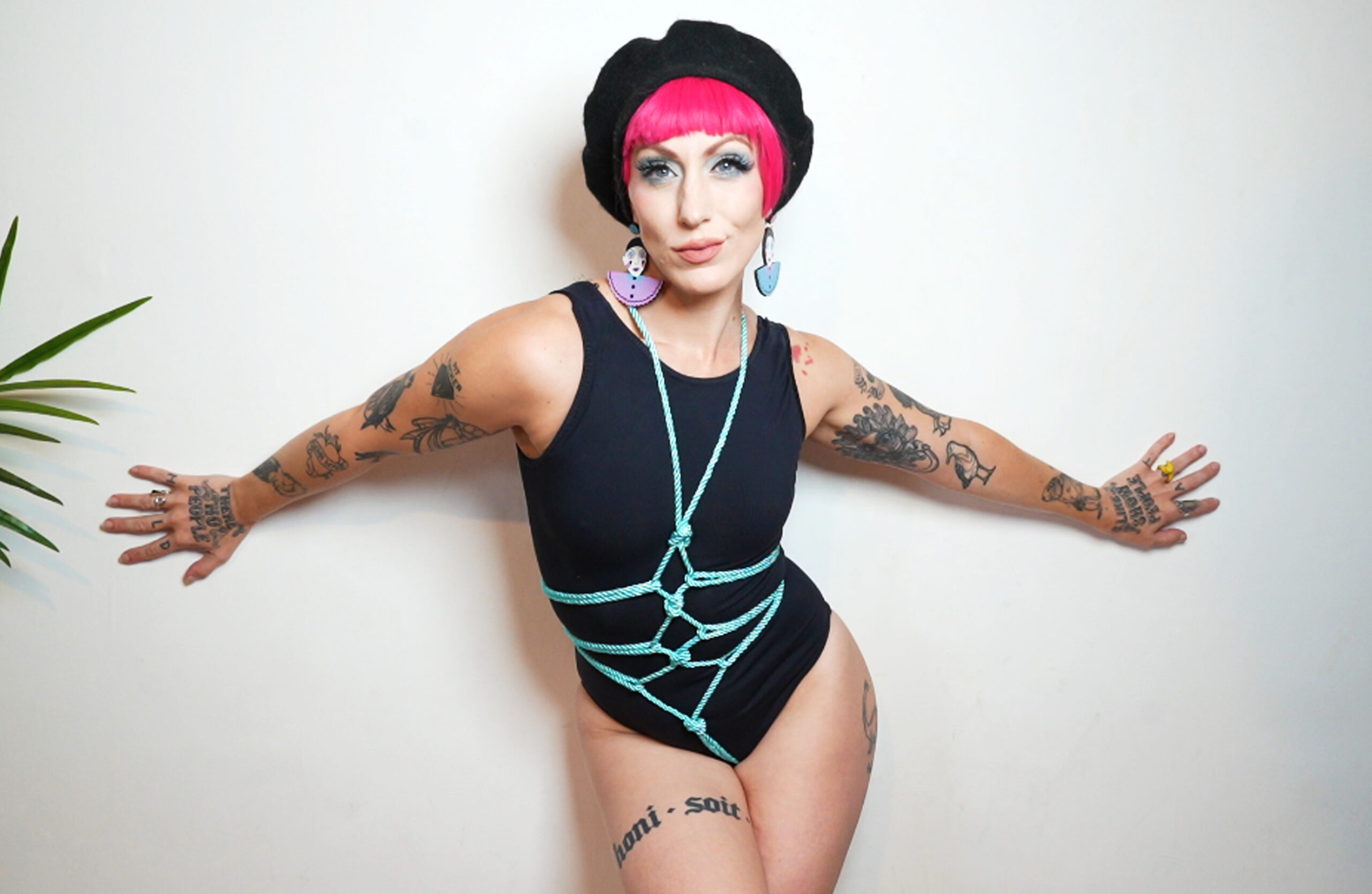How Pansexuality Celebrates The Infinite Possibilities Of Attraction

Beyond the Binary: Challenging Traditional Labels
Beyond rigid definitions, pansexuality embraces the fluidity and complexity of human attraction. It celebrates the infinite possibilities of connection, recognizing that desire transcends limitations imposed by gender identity or expression.
Pansexual individuals are attracted to people regardless of their gender, be it male, female, non-binary, or any other identity along the spectrum. This expansive view challenges traditional binary notions of sexuality, dismantling the narrow confines of “heterosexual,” “homosexual,” or “bisexual.”
By acknowledging and celebrating this spectrum of attraction, pansexuality fosters inclusivity and acceptance, recognizing that love and desire can flourish in diverse forms.
Embracing All Forms of Love: A Spectrum of Attraction
Pansexuality is a beautiful expression of the boundless nature of human connection. It transcends societal norms and expectations, embracing a world where attraction knows no boundaries.
Instead of confining oneself to rigid labels, pansexual individuals celebrate the full spectrum of gender identities and expressions, finding beauty and potential for connection in every individual.
Celebrating Individuality and Expression
Pansexuality is more than just a sexual orientation; it’s a philosophy that celebrates the boundless nature of human attraction.
Honoring Unique Experiences: The Diversity Within the Pansexual Community

The pansexual community is a vibrant tapestry woven with diverse experiences, identities, and expressions. Within this spectrum of attraction, individuals find their unique place, celebrating the infinite possibilities of love and connection.
- Some pansexual individuals may experience attraction primarily towards one gender or another, while others might find themselves drawn to multiple genders in different ways.
- Others may identify as fluid or non-binary themselves, further enriching the complexity and fluidity of pansexuality.
- There’s no single “pansexual experience,” but rather a beautiful mosaic of individual journeys, each adding unique threads to the vibrant fabric of this community.
This diversity is a testament to the richness and expansiveness of human experience. It challenges the limitations of binary thinking and celebrates the boundless nature of attraction.
Self-Acceptance and Empowerment: Finding Confidence in Your Identity
Pansexuality embraces the fluidity and complexity of human attraction, recognizing that desire transcends limitations imposed by gender identity or expression.
Pansexual individuals are attracted to people regardless of their gender, be it male, female, non-binary, or any other identity along the spectrum. This expansive view challenges traditional binary notions of sexuality, dismantling the narrow confines of “heterosexual,” “homosexual,” or “bisexual.”
By acknowledging and celebrating this spectrum of attraction, pansexuality fosters inclusivity and acceptance, recognizing that love and desire can flourish in diverse forms.
Pansexuality is a beautiful expression of the boundless nature of human connection. It transcends societal norms and expectations, embracing a world where attraction knows no boundaries.
Instead of confining oneself to rigid labels, pansexual individuals celebrate the full spectrum of gender identities and expressions, finding beauty and potential for connection in every individual. bull rings
Pansexuality is more than just a sexual orientation; it’s a philosophy that celebrates the boundless nature of human attraction.
The pansexual community is a vibrant tapestry woven with diverse experiences, identities, and expressions. Within this spectrum of attraction, individuals find their unique place, celebrating the infinite possibilities of love and connection.
- Some pansexual individuals may experience attraction primarily towards one gender or another, while others might find themselves drawn to multiple genders in different ways.
- Others may identify as fluid or non-binary themselves, further enriching the complexity and fluidity of pansexuality.
- There’s no single “pansexual experience,” but rather a beautiful mosaic of individual journeys, each adding unique threads to the vibrant fabric of this community.
This diversity is a testament to the richness and expansiveness of human experience. It challenges the limitations of binary thinking and celebrates the boundless nature of attraction.
Fostering Inclusivity and Understanding
Pansexuality is a celebration of love in its most expansive form, embracing the infinite possibilities of attraction that exist beyond rigid gender boundaries. It recognizes that desire knows no limits, transcending societal norms and expectations to embrace the full spectrum of human identity and expression.
Challenging Misconceptions and Stereotypes
Pansexuality challenges traditional notions of sexuality by recognizing that attraction transcends limitations imposed by gender. It celebrates a diverse range of experiences and identities, fostering inclusivity and understanding within the spectrum of human connection.
By embracing fluidity and complexity in attraction, pansexuality dismantles binary thinking and promotes acceptance of individuals regardless of their gender identity or expression. This expansive view encourages empathy and challenges preconceived notions about love and desire.
Promoting education and open dialogue is crucial for fostering inclusivity and understanding regarding pansexuality. Sharing personal stories, engaging in respectful conversations, and challenging stereotypes can create a more welcoming and accepting environment for all individuals.
Building Bridges: Promoting Open Dialogue and Respect
Pansexuality celebrates the infinite possibilities of human attraction, recognizing that desire transcends limitations imposed by gender identity or expression. Pansexual individuals are attracted to people regardless of their gender, be it male, female, non-binary, or any other identity along the spectrum.

This expansive view challenges traditional binary notions of sexuality, dismantling the narrow confines of “heterosexual,” “homosexual,” or “bisexual.” By acknowledging and celebrating this spectrum of attraction, pansexuality fosters inclusivity and acceptance, recognizing that love and desire can flourish in diverse forms.
Pansexuality is more than just a sexual orientation; it’s a philosophy that celebrates the boundless nature of human connection. It transcends societal norms and expectations, embracing a world where attraction knows no boundaries.
The pansexual community is a vibrant tapestry woven with diverse experiences, identities, and expressions. Within this spectrum of attraction, individuals find their unique place, celebrating the infinite possibilities of love and connection.
Find Discreet Vibrators with Premium Silicone Materials
Buy Realistic Vibrators with Ultra-Soft Materials
Explore Vibrators That Add Fun to Your Collection
Get Compact Vibrators That Deliver Big Results
Explore Vibrators with Multifunction Remote Features
Buy Vibrators with High-End Features and a Luxury Look
Shop Rechargeable Wireless Vibrators for Women
Explore Discreet Waterproof Vibrators with Features
Raindrops and Ribbons
The Desert Box






















